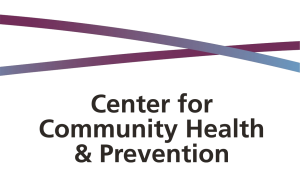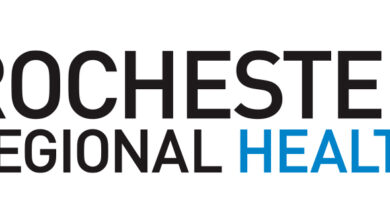New public health tool tracks childhood obesity trends

A new public health tool is tracking childhood obesity trends, helping identify communities across the Finger Lakes Region that are struggling with the issue. Data may be used to guide public investment that supports kids and their families with healthy weight initiatives.
The Community Health Indicators Report, developed by Common Ground Health, Rochester RHIO, and the University of Rochester Medical Center’s Center for Community Health & Prevention and Clinical & Translational Science Institute, now provides childhood obesity data for 13 counties: Allegany, Chemung, Genesee, Livingston, Monroe, Ontario, Orleans, Schuyler, Seneca, Steuben, Wayne, Wyoming, and Yates.
For the Finger Lakes region, the overall percentage of children whose weight was at or above the 95th percentile during 2018 was 19 percent. There is variability across the region, with counties reporting averages from 17 to 26 percent. For comparison, the CDC reports U.S. prevalence of childhood obesity in 2015-2016 was 19 percent.
This population health measure is based on analysis of clinical data managed by Rochester RHIO, the region’s trusted health information exchange. The obesity measures and related information are available on RocHealthData.org, for which registration is free of charge. The website allows individuals and organizations to discover and analyze health outcomes and social determinants of health across the Finger Lakes region through customizable maps and reports.
Indicators for nine Finger Lakes counties are also included as part of Common Ground’s Regional Health Measures webpage, https://www.commongroundhealth.org/insights/regional-health-measures.
“The ability to use electronic medical records for improving public health is a game changer, and our region is among the best in the United States at doing so,” said Jill Eisenstein, RHIO president and chief executive officer. “Health professionals know that being overweight in youth and adolescence can lead to significant problems in adulthood. Having access to this childhood obesity data is invaluable to help drive short- and long-term health improvement and reduce care, nutrition, and other inequities,” she said.
“A family’s ability to support healthy weight for children is inextricably linked to social determinants of health: do they have access to fresh fruits and vegetables, are there safe places to play in the neighborhood, do work schedules allow for home cooked meals and time to eat together,” said Dina Faticone, director of community health and engagement at Common Ground Health. “These childhood obesity measures will help us identify populations that are struggling, give us the hard data needed to drive public investment, and allow the region to track progress.”
The childhood obesity measures are part of a growing catalog of community health indicators that also include county and regional rates for smoking, high blood pressure, diabetes, and adult obesity. These measures are pulled from more than a million patient observations securely stored by Rochester RHIO. At no time is personally identifiable information made available to the research and data teams.
The newly released indicators are based on records from the calendar year 2018. They can be contrasted and compared with 2017 data where available, helping identify and analyze trendlines.
Provided information



